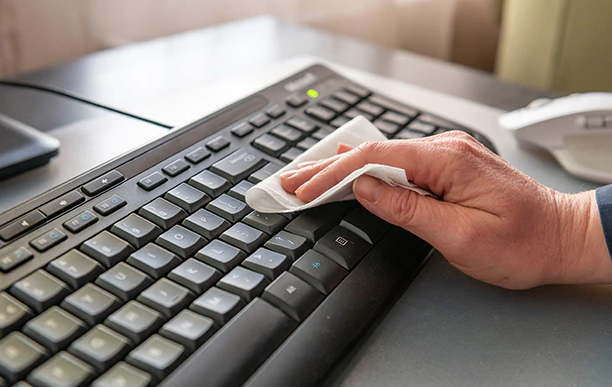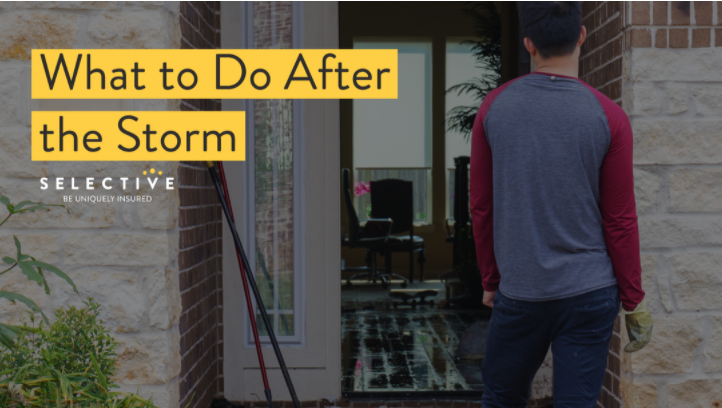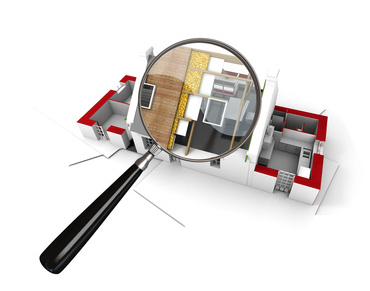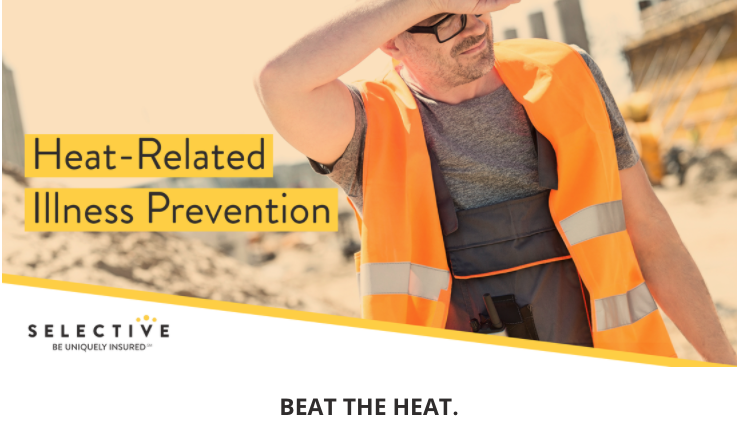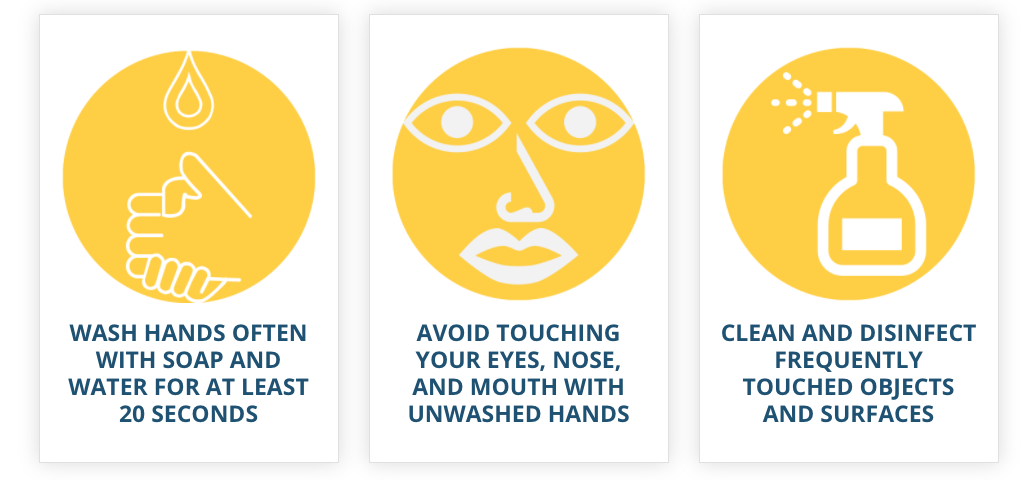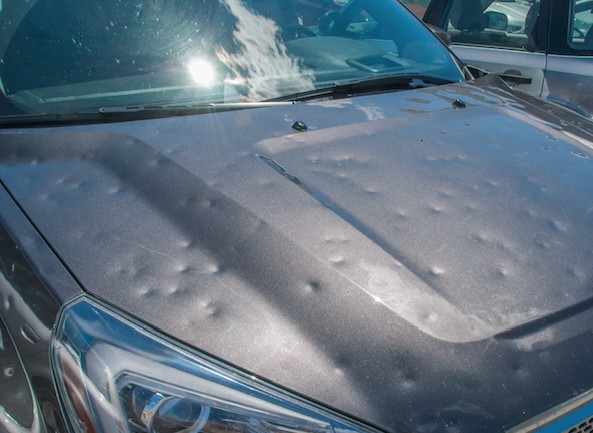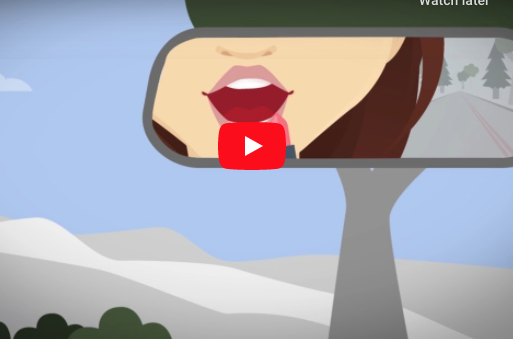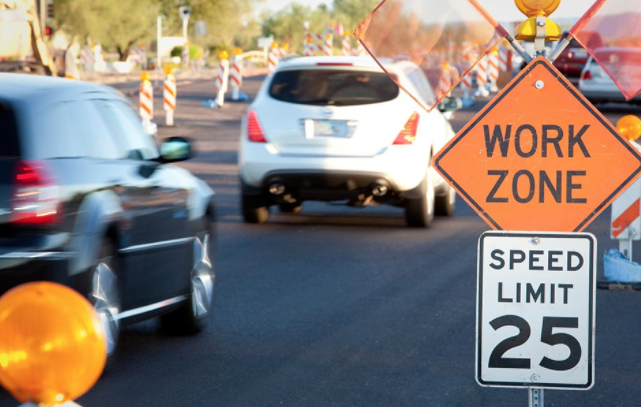4 Things to Consider Before Buying a Hybrid Car
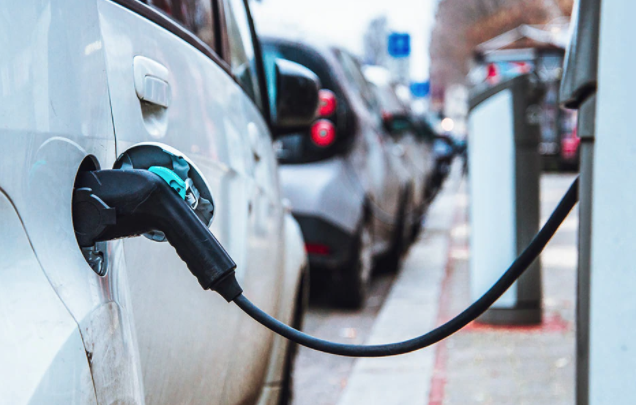
Hybrid gasoline-electric cars offer great fuel efficiency, but sales have suffered in recent years because of low gas prices.
Decreasing crude oil reserves and concern over air pollution from combustion engines are expected to increase the demand for hybrids in the near future.1 In the meantime, car manufacturers are looking for new ways to attract buyers.
Some manufacturers are changing the hybrid’s image. They want it to be known as a car that’s fun to drive as well as practical. An example of this trend is the 2017 Chevrolet Malibu Hybrid. By combining a powerful engine with high fuel efficiency, the car won a first-place ranking among midsize hybrids from U.S. News & World Report.2
Here are four things to consider before buying a hybrid:
1. Used Cars Offer Better Values
If you can’t afford a new hybrid, consider buying a used one. Like all cars, hybrids begin losing value as soon as they’re driven away from new car dealerships. Vehicle history reports offered from companies like Autocheck and Carfax allow consumers to track service records and rule out vehicles that have performed poorly.3
2. Fuel Efficiency Varies Among Drivers
Autotrader points out that hybrids are at their most economical while driving at low speeds and in stop-and-go traffic.4 If you primarily drive on the freeway, your fuel savings may be reduced. Read More
Car Maintenance Checklist

New, old, owned or leased — a regular maintenance routine can help protect the value, enjoyment and safety of your car. It can also save you hassles and money in repairs down the road.
How often and what care your car needs depends on the make, model and mileage of your vehicle, as well as your individual driving habits. For instance, caring for an older car will require more frequent and different types of maintenance. It is also important to recognize what checks and repairs you can do yourself, and what is best left to the professionals.
These general guidelines and links can help you establish a basic car maintenance routine. Specific recommendations and instructions for your car can be found in your vehicle owner’s manual. Remember to follow your dealer’s recommended service schedule, too. Read More
How to Detail Your Car in 9 Steps
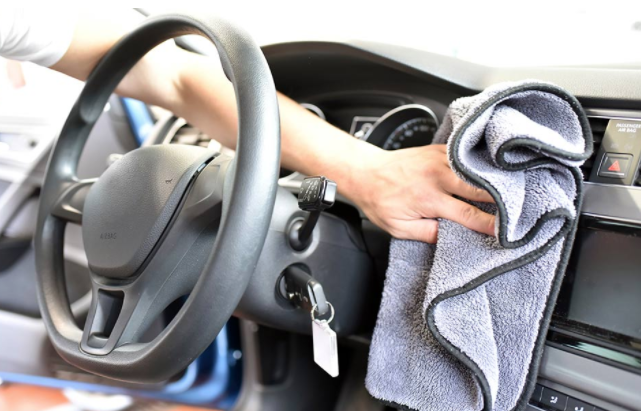
Having your car detailed takes work but can be rewarding — every inch looks clean and shiny, like a car fresh from the dealership. Getting a car professionally detailed can cost anywhere from $50 to $1501, depending on the size of your vehicle, and more if you pay for premium services. But you can do the job yourself if you’ve got the time and the right tools. Experts suggest you set aside four to eight hours to really do it right.
- Don’t skimp on materials. According to the Department of Motor Vehicles2, your detailing kit should include a vacuum cleaner (for wet and dry surfaces), a pile of rags in various thicknesses, various small brushes (such as toothbrushes and paintbrushes), cotton swabs, spray bottles, canned air, upholstery cleaner, carpet stain cleaner, all-purpose cleaner, and surface protector for vinyl and leather. Other odds and ends that come in handy include a plastic knife, a barbecue skewer and old makeup brushes.
- Do the inside first. That way, dirt dislodged from your interior won’t end up on the exterior you just washed. Vacuum the floors, all surfaces and under all the seats, moving them forward and backward to access as much floor as you can. (Some experts recommend brushing carpets first with a stiff brush to loosen dirt.) Use carpet stain remover on any floor stains, being careful not to get them too wet, which can encourage mildew. Go through the same process for upholstery stains on the seats.
- Get into cracks and crevices. This is where all your tools come into play. A thin cloth wrapped around your plastic knife is good for grabbing the dust and muck in narrow openings. That barbecue skewer can remove the little crumbs stuck in cracks or along edges. Makeup brushes can help you get into those vents. Canned air is also helpful for getting things out of the tiny places you can’t reach, and for blowing dirt and dust off the back wall behind your air vents.
- Stay out of direct sunlight. You can damage your paint if it gets too hot during the cleaning process. Detailing your car in the shade or on a cloudy day is suggested. It’s also smart to clean the tires before the main exterior of your car to prevent splashing any cleaning solution or tire gunk onto clean surfaces.
Should I Buy a New or Used Car?
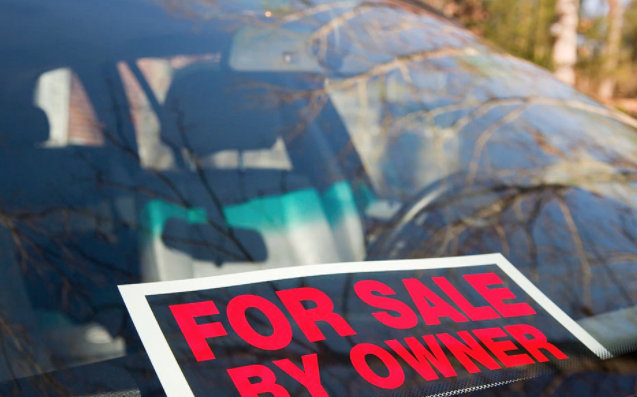
Before you decide whether to buy a new or used car, it’s important to consider the reasons you’re making the purchase.
If you’re simply looking for an economical mode of transportation, a used car may be an option. Price isn’t everyone’s top priority, however. Many buyers are willing to pay extra for a car that’s free of mechanical problems. Others like the idea of being a vehicle’s first owner.
Here’s a checklist of seven things to consider before you buy your next car.
1. Is Having the Latest Car Technology Important to You?
Car manufacturers have embraced new technology to improve the driving experience and improve passenger safety. The newer the car, the more high-tech features it’s likely to have. Are you looking for a Bluetooth stereo system that connects to your smartphone? How about a rear-view camera that makes it easier to back up? Do you want an automatic braking system that deploys when a collision is imminent? If so, you should think about buying a new car.
2. How Much Are You Willing to Spend on Car Insurance?
New cars are more costly to repair or replace than used cars. In general, the more you pay for a car, the more it costs to insure. If saving money on insurance is important to you, a used car may work out best. The Insurance Information Institute says agents can estimate how much your insurance will cost before you make your purchase.1
3. Do You Want a Car That Enhances Your Image?
Many people view new cars as status symbols.2 Any car can take you from Point A to Point B, but a new car has more cachet. There’s nothing like the gleam of a factory-fresh paint job to turn heads. If impressing friends or business associates is a priority, a new car may be right for you.
4. Are You Prepared to Deal with Maintenance Issues?
While used cars cost less than new ones, they typically require more maintenance. The older the car, the more often you’re likely to visit the repair shop. According to Autotrader.com,3 you can minimize the chances of buying a used car with serious maintenance problems if you first have it inspected by a mechanic and obtain a vehicle history report from companies like Carfax or AutoCheck. No matter how well a car has been maintained, nothing lasts forever. If you dislike upkeep, you may dislike owning a used car. Read More
How to Choose Car Insurance in 4 Steps
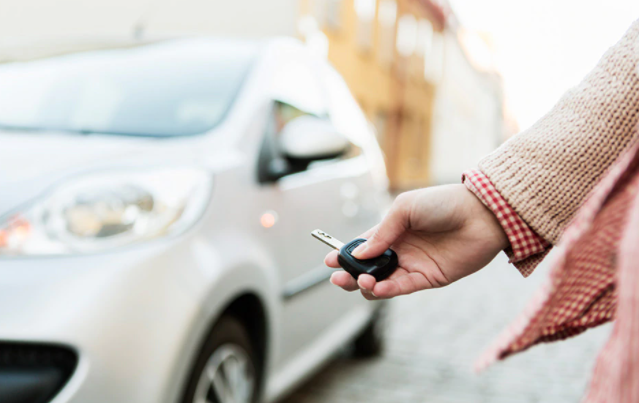
Because there are so many companies selling car insurance, sorting through all the choices to find the right policy for you and your family can be a challenging task. With each carrier claiming to offer the best value, it’s easy to feel confused. At first glance, all of the policies may look the same, but there are important differences you may need to consider. Your goal should be to find one that includes all the benefits you need at a competitive price.
Follow these four steps for finding the best car insurance policy for you:
1. Determine the Level of Coverage You Need
The cheapest policy may not be the one you need. Inexpensive plans may not provide collision coverage, which pays to fix your own car following an accident. They may not offer comprehensive coverage, which covers damage to your car not caused by auto accidents, such as natural disasters, theft or vandalism.
The nonprofit Insurance Information Institute notes that all states except New Hampshire require property and bodily injury liability coverage.1 A policy that offers only the minimum amount of liability protection required by law may save you money, but it probably won’t cover the legal claims that can stem from serious accidents involving property damage or injuries.
Remember that not everyone’s insurance needs are the same. For example, if you’re leasing a car, you may need gap insurance. If the car is totaled, gap insurance covers the difference between the actual cash value of the vehicle and the outstanding balance on your lease.
2. Review the Financial Health of Car Insurers
Everyone wants a good deal on their auto insurance policy, but low rates won’t do you any good if the company you choose isn’t around to pay its claims. Online reports from independent ratings companies, such as A.M. Best, Fitch, Moody’s and Standard & Poor’s, can help you determine your insurer’s financial health, says Investopedia.2
Each ratings agency uses its own standards for evaluating insurance companies and their financial health. Read More
Are you driving under the influence of your phone?
Are you driving under the influence of your phone?
While there are many distractions on the road today, your mobile phone is one of the worst offenders. Take this quiz to test your knowledge about distracted driving and your phone.
Replying to a text message while driving 55mph is like driving blindfolded the length of:
Are Your Employees Driving Distracted? | Distracted Driving Awareness
An employee driving distracted can cost your company millions – and put lives at risk.
Forms of Distraction | Distracted Driving Awareness
Drivers using hand-held or hands-free mobile devices are 4x more likely to get in a crash. Being aware of dangerous driving practices can help reduce your risk.
Defensive Driving Safety Tips

But there’s little any one driver can do to affect the way other people drive. That is one of the major reasons why defensive driving is emphasized in driver’s education classes and driving schools.
Since you only have control over your own vehicle, you must do all in your power to be prepared to handle any situation that arises.
- Stay Focused
This tops the list for a very good reason. Driving is a mental exercise more than anything else. You need to stay aware of the road conditions, weather, other drivers, your progress toward your destination, and your position on the road relative to other vehicles, to name a few. When you focus on these key factors, it can make the difference to help you drive as safely as you can.Not allowing yourself to become distracted by talking, texting, eating, daydreaming, or anything else is the most important key to being a good defensive driver. Drowsy driving’s a risk, too – so be aware of your physical condition as you’re driving.
- Take the Long View
It is human nature to look at what is right in front of you and neglect what is coming up ahead. But when driving, you’ve got to look ahead and think ahead. If you’re more aware of what might be going on ahead, the better you will be able to react when you get there.Aim your gaze high when looking down the road, beyond just the car in front of you so you have enough time to process and react.
- Maintain Situational Awareness
Akin to the above is staying observant of what is going on around you on all sides. This is termed situational awareness. You should constantly be scanning your mirrors, looking side to side, and listening for warning sounds. If you have ever been passed by a car and wondered where it came from, that should alert you to be more conscious of what is going on around you. Read More
Encouraging Driver Health & Wellness for Businesses

The most dangerous leg of your employee’s next business trip might be their 4 a.m. drive to the airport. In fact, sleeping five hours or less increases the risk of an accident by four to five times.1 Encouraging the health and wellness of employees, including providing training to help prevent driving while fatigued, is an important part of a company’s vehicle risk management program.
Studies show that 94% of accidents are caused by driver factors.2 Driver fatigue, distraction and sleep apnea can all increase the likelihood of accidents, which can lead to costly workers compensation claims, lost work time and on-the-job injuries and fatalities. Despite advances in technology, drivers remain the most important safety element of any vehicle.
With half of U.S. adults now living with one or more chronic health condition, including obesity, diabetes, hypertension and stress,3 driver health and wellness is a growing concern. In particular, obesity, which affects 34%4 of the U.S. population and 53%5 of commercial drivers, is a contributing factor to sleep apnea. Sleep apnea affects 17-28%6 of commercial drivers and can increase a driver’s likelihood of driving while fatigued or drowsy. The nature of commercial driving can be a high-risk occupation for drivers due to the shift work and long hours, inadequate or irregular sleep, sedentary lifestyle associated with the field and limited nutrition options on the road. Commercial truck drivers may have a 12-19 year reduced life expectancy.7











